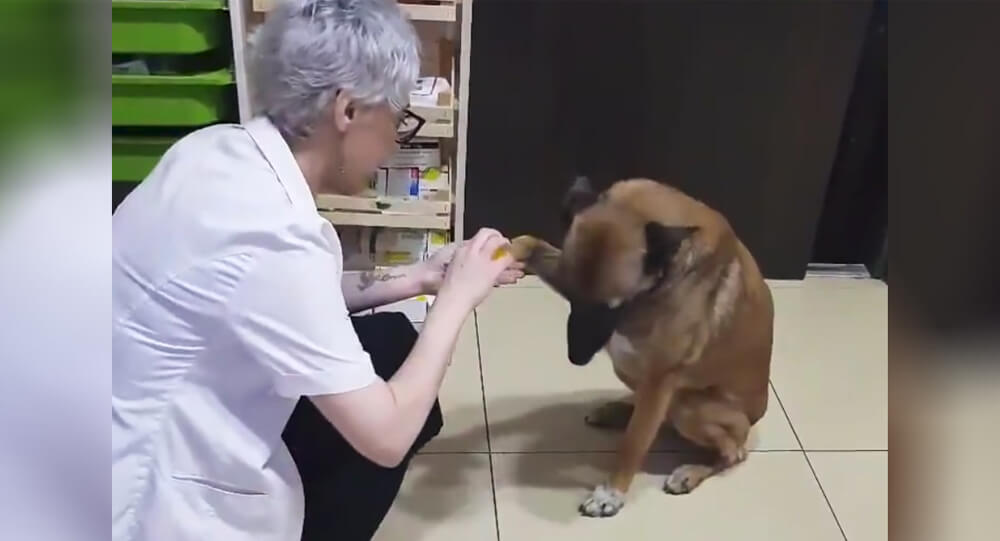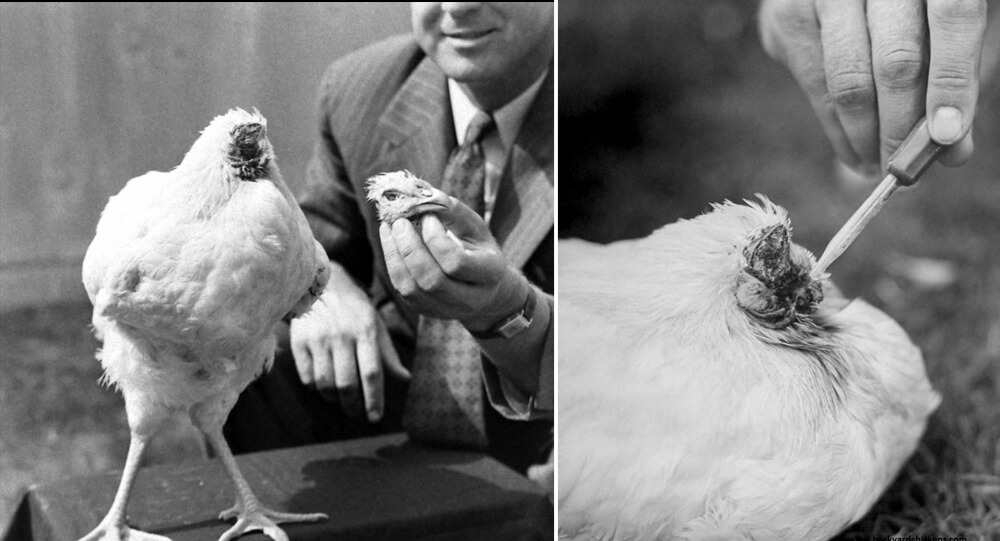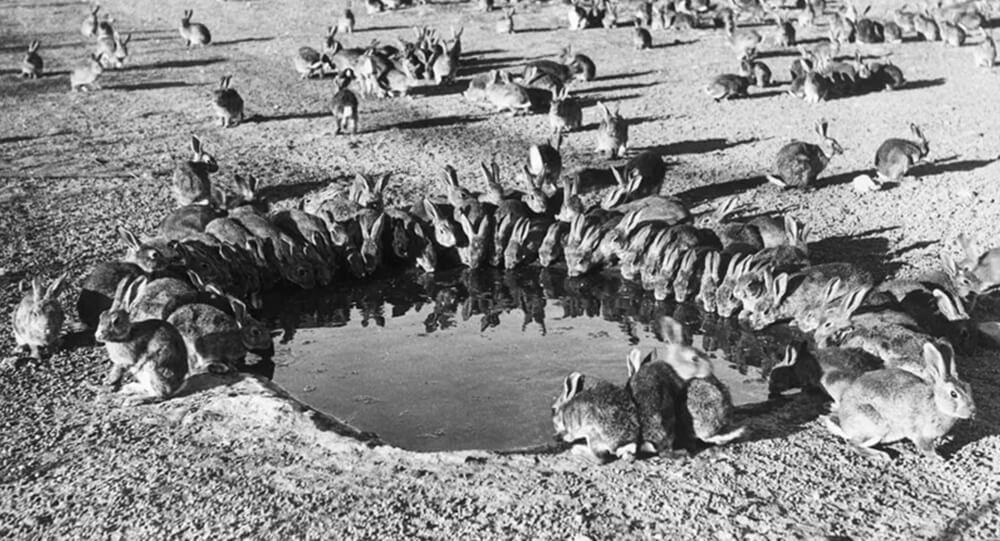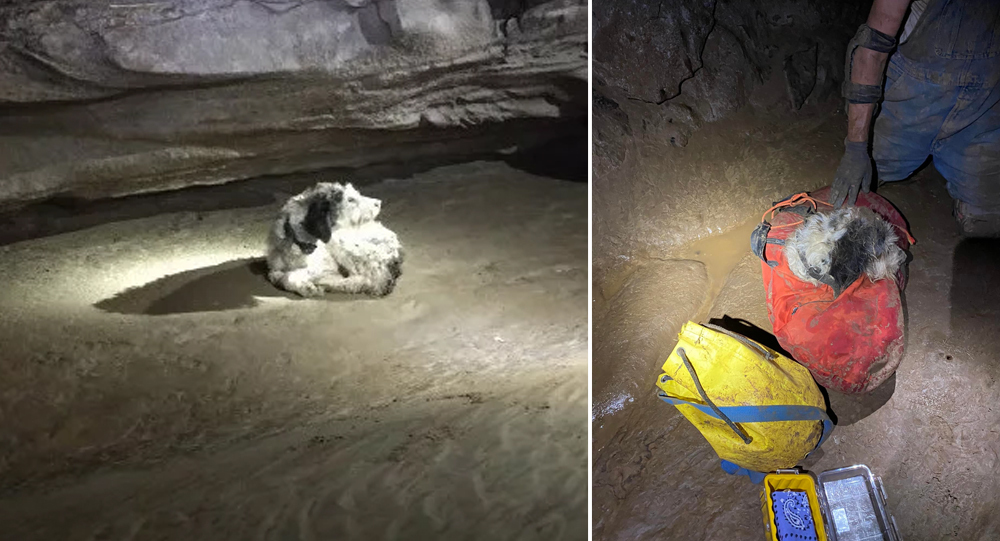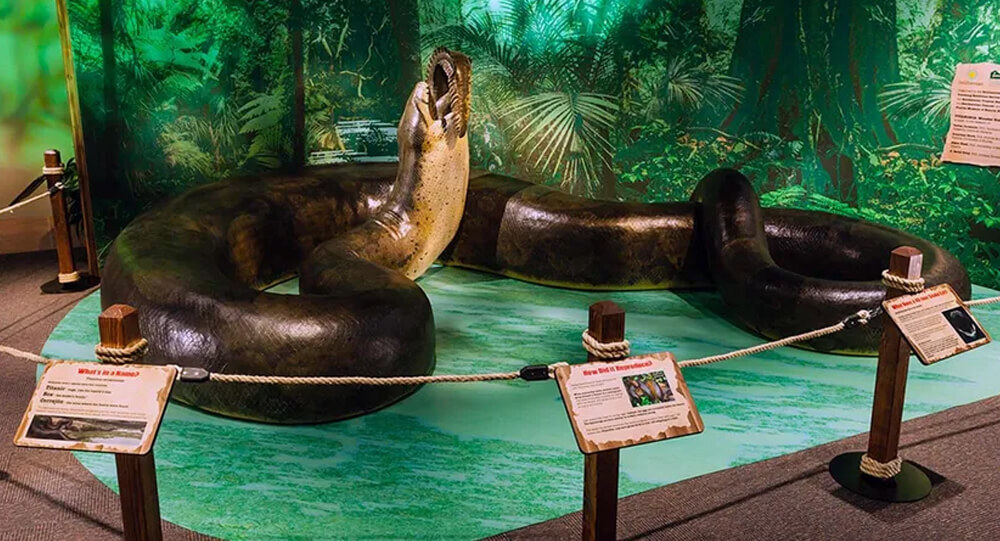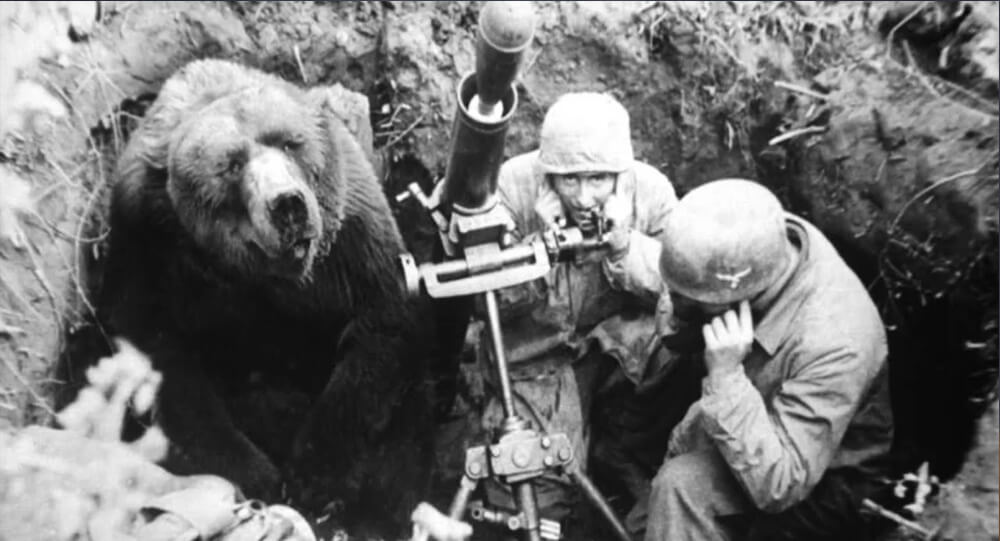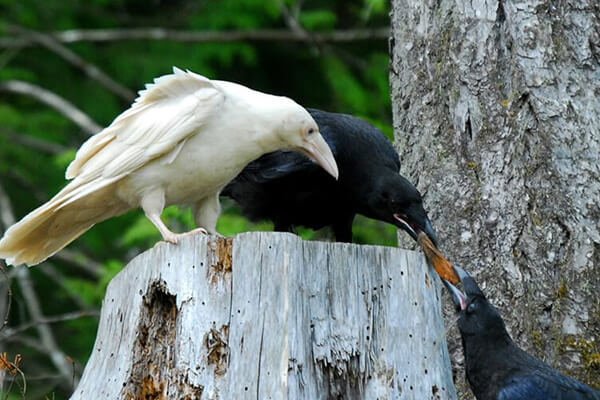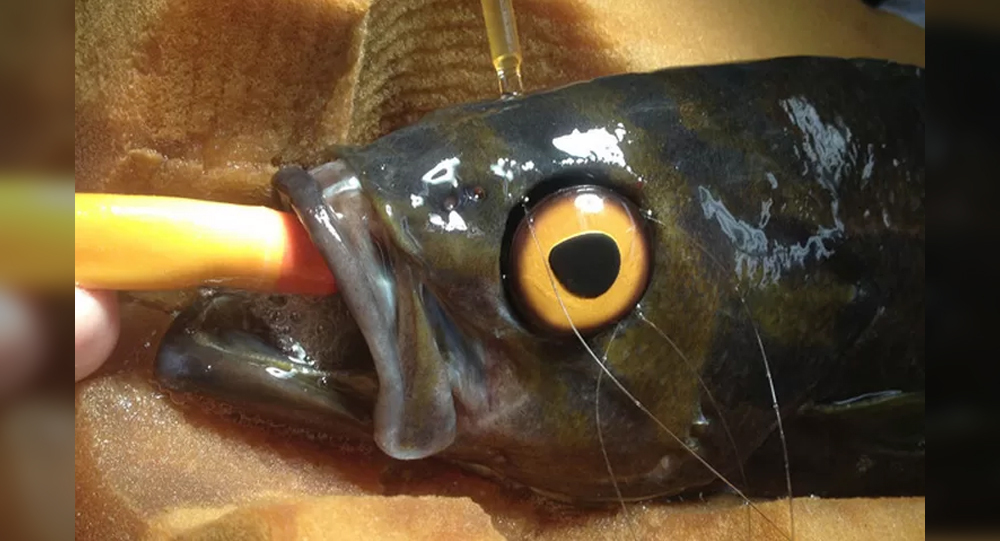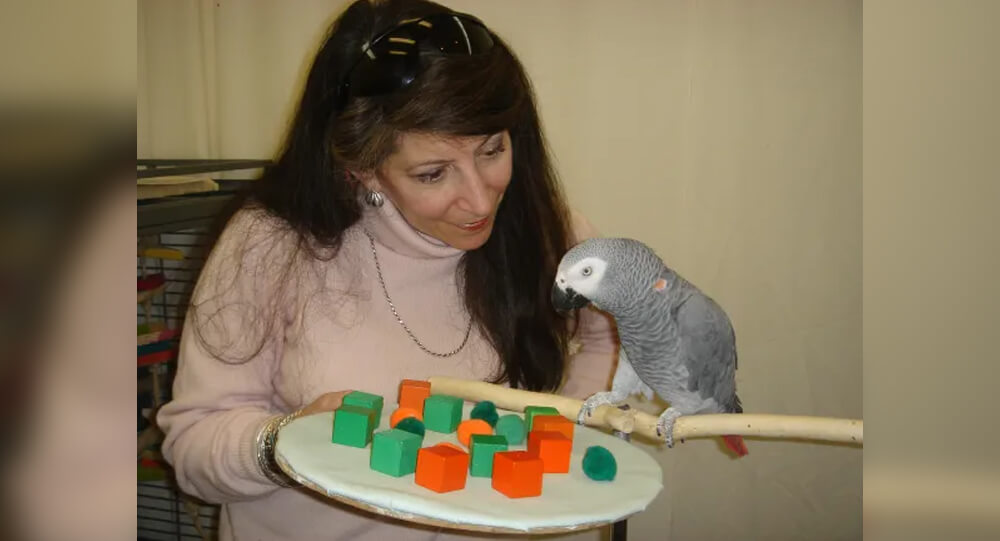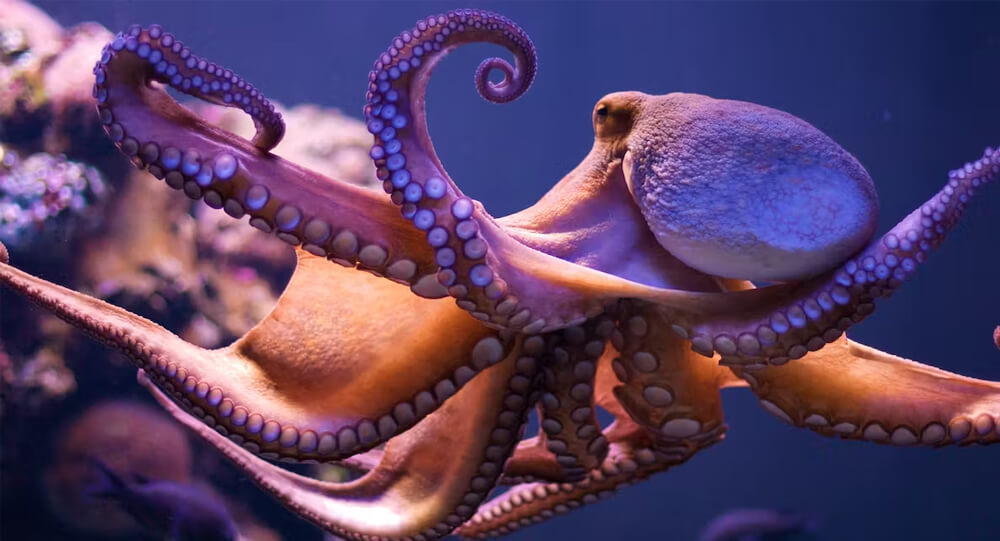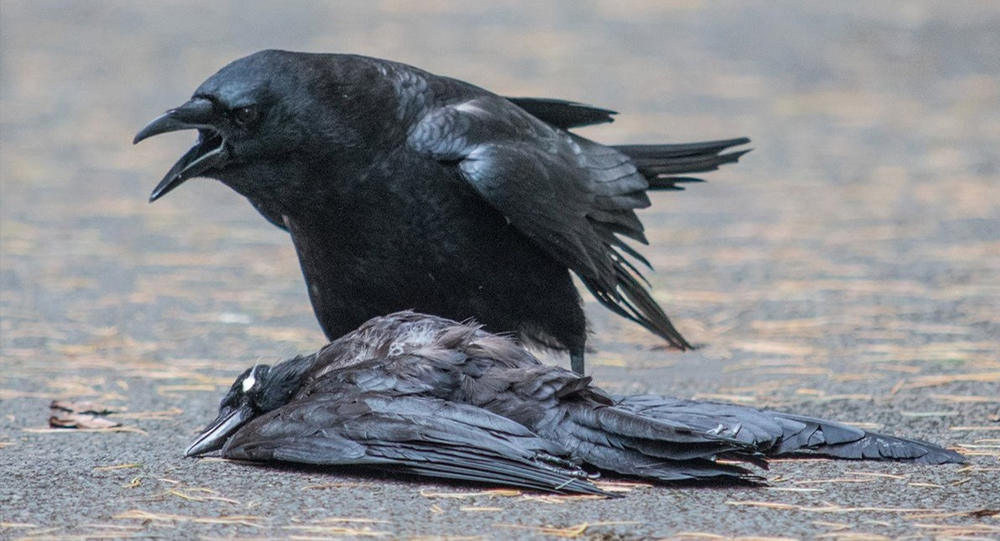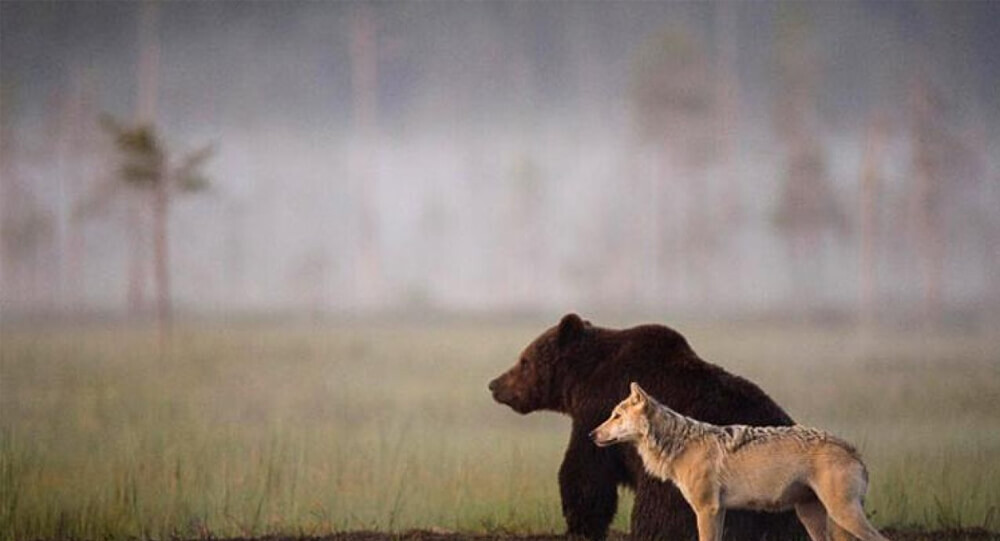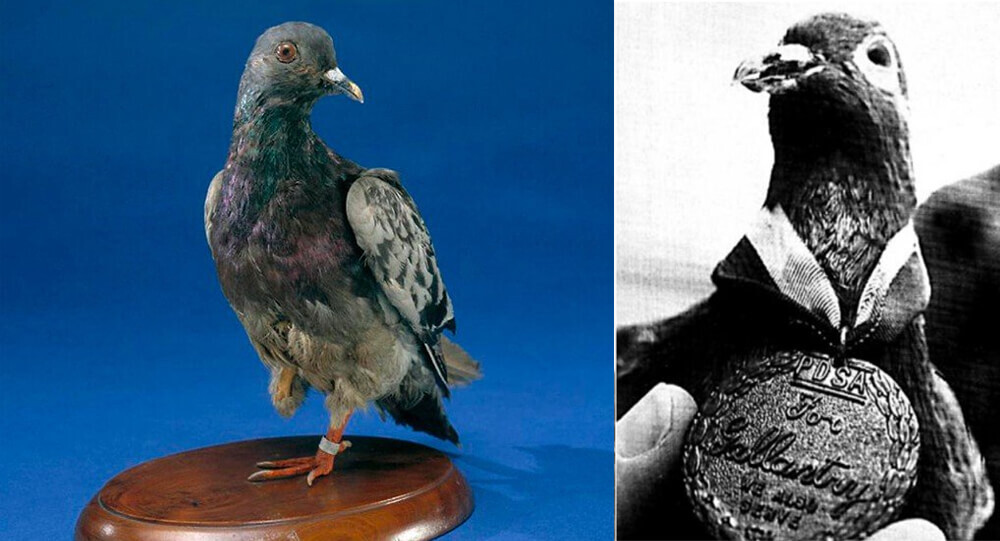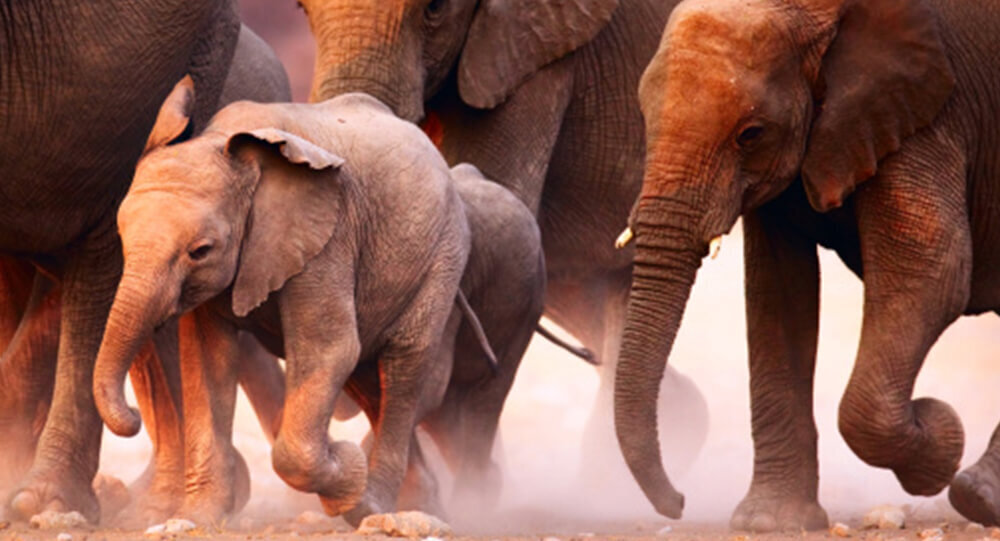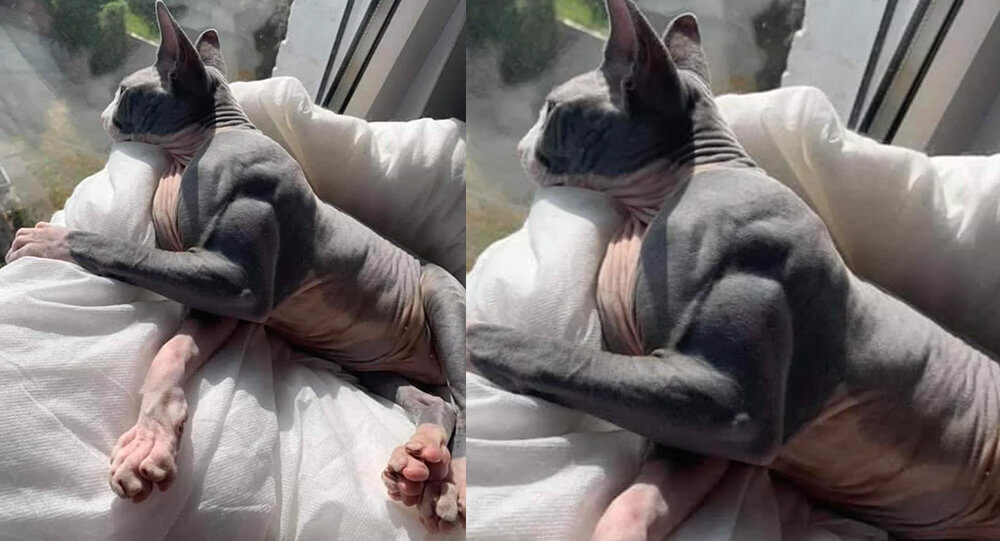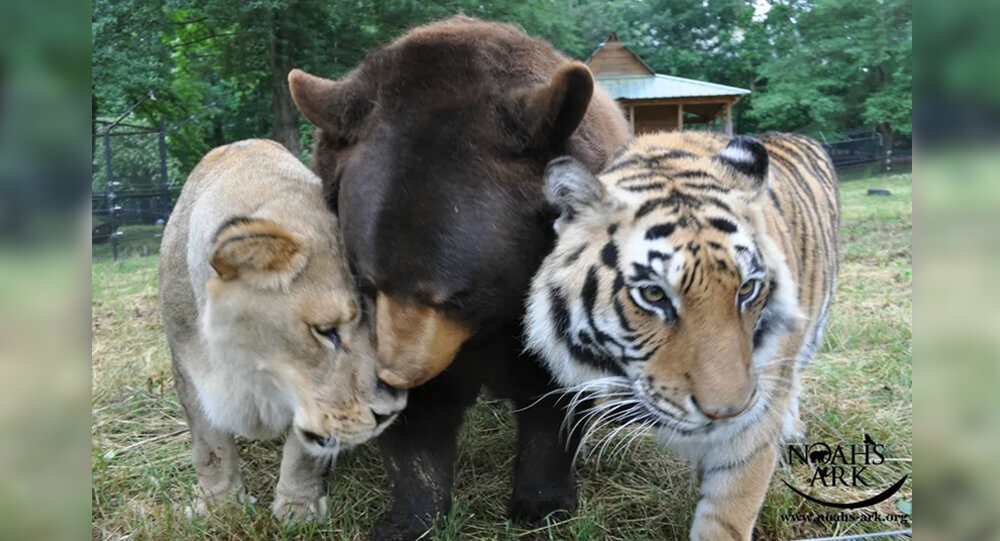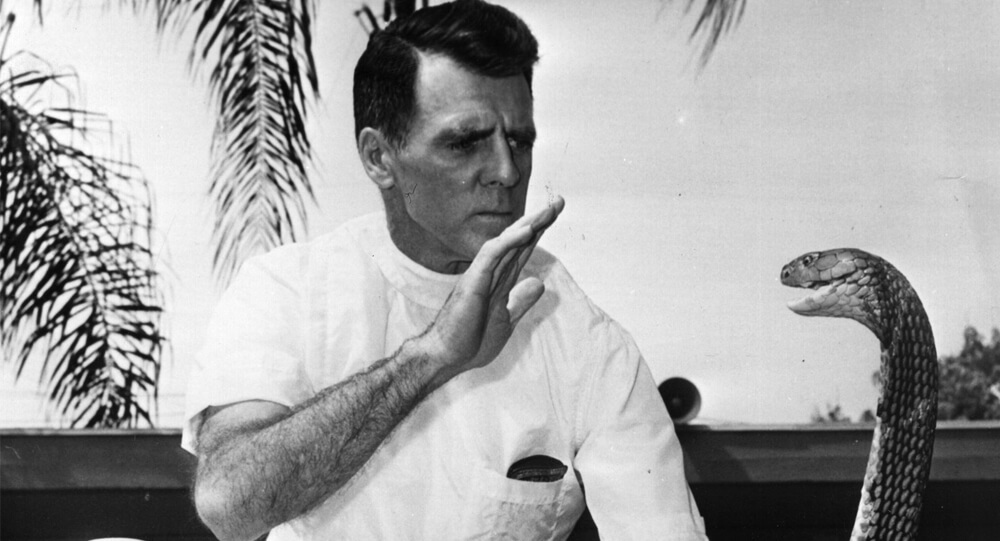

The story of Bill Haast, who lived to be 100 despite his extensive snake venom injections
What some people will do for a satisfying thrill is truly shocking. We’ve all seen the videos of adrenaline junkies riding bikes along the edge of a mountain’s towering precipice or hanging off the edge of skyscrapers by the tips of their fingers with little to no fear of the elusive line between life and death at that precise moment. It’s hard to pinpoint exactly why we enjoy engaging in fight with death, but one thing is certain: people are constantly coming up with new ways to endanger their lives.
When you think about the late Bill Haast, you have to wonder if it was simply thrill-seeking that drove him to spend his entire life in the company of deadly snakes, or if it was something else entirely. According to The New York Times, Haast founded the iconic Miami Serpentarium, which entertained 5,000 visitors per year between 1947 and 1984. He reportedly survived 173 bites as a professional snake handler, nearly dying 20 times. Nonetheless, Haast’s deep and abiding fascination with the cunning little creatures was unaffected by his numerous brushes with death, which he may have survived because he would inject snake venom into his own veins on a daily basis for the majority of his life. Perhaps there was some medicinal merit to the practice, because Bill Haast actually lived to be 100 years old.
Bill haast, the ultimate snake charmer
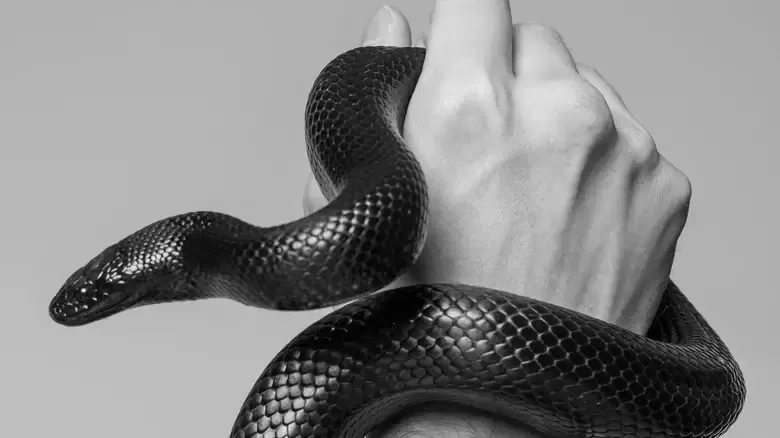
According to the New York Times, a timber rattlesnake bit into Bill Haast’s tender flesh when he was 12 years old and at a Boy Scout camp. Naturally, he survived, but a few months later, Haast was hospitalized after being bitten by another rattlesnake. Bad luck, huh? However, the snake bites only served to fuel his obsession with the reptile, and rather than avoiding them, Haast reportedly began bringing poisonous snakes into his house to keep as pets.He once said in a 1984 interview with the Miami Herald (quoted by The New York Times), “The snake would bite the mouse, and the mouse would die. I found it intriguing.
Haast would later devote his life to studying snakes and looking for them in their natural environments. the W.E. Official Website claims. “Bill” Haast was useful to the medical and scientific fields thanks to his research with snake venom. According to reports, many of his discoveries helped treat conditions like polio, multiple sclerosis, and arthritis, and the copious amounts of venom he gathered over the years gave various labs the ingredients they needed to create antidotes and serums against fatal snake bites.
Bill haast used to inject snake venom
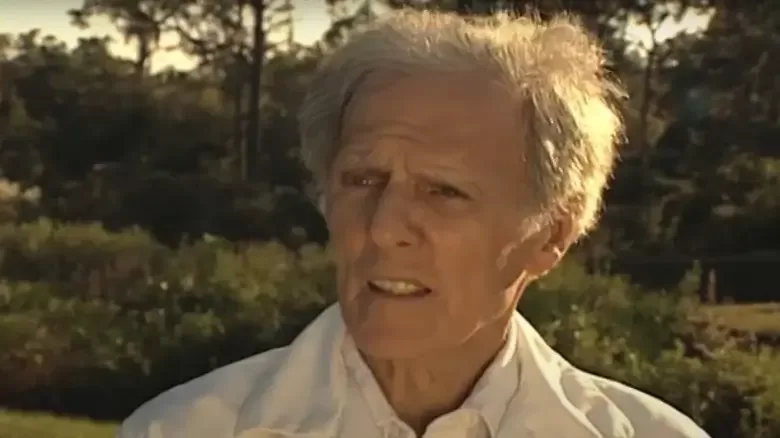
“A secret of his success was the immunity he had built up by injecting himself every day for more than 60 years with a mix of venoms from 32 snake species,” The New York Times stated after Haast passed away in 2011. Although it’s mostly conjecture, many do believe that Bill’s lengthy life — he’s pictured above at about 85 years old — was prolonged by the numerous times he mixed his own blood with the lethal tincture of viper juice.
It was far from just an experiment for him to inject snake venom into his veins, an audacious and terrifying custom. His blood became extremely sought-after for snake bite emergencies due to the antibodies that developed in his body as a result, and according to The New York Times, about 21 lives were saved as a result. Once, he even ventured deep into the Venezuelan jungle to give a pint of his blood to a young boy who had been bitten by a poisonous snake. When questioned about his unusual daily schedule, Haast replied, “I have no proof, but I’m active from morning ’til night, seven days a week. So when I’m 100, if I’m doing just what I’m doing now, then I’ll say, yes, it’s the venom. As it turned out, he got the chance to say “yes” to the venom question before he died on June 15, 2011 at the ripe age of 100 (per NPR).
Bill Haast’s career
Bill Haast has made a long career out of exploiting his childhood fascination with snakes as a roadside attraction, a supplier of venom, and a person who appears impervious to fatal snake bites.
Haast managed the Miami Serpentarium in Florida for many years, but his primary job was as a top venom producer for use in anti-snakebite medications.
He kept supplies of venom from 200 different poisonous reptile species from all over the world, and he once owned up to 10,000 snakes. He was giving 36,000 venom samples a year to pharmaceutical labs by the 1990s.
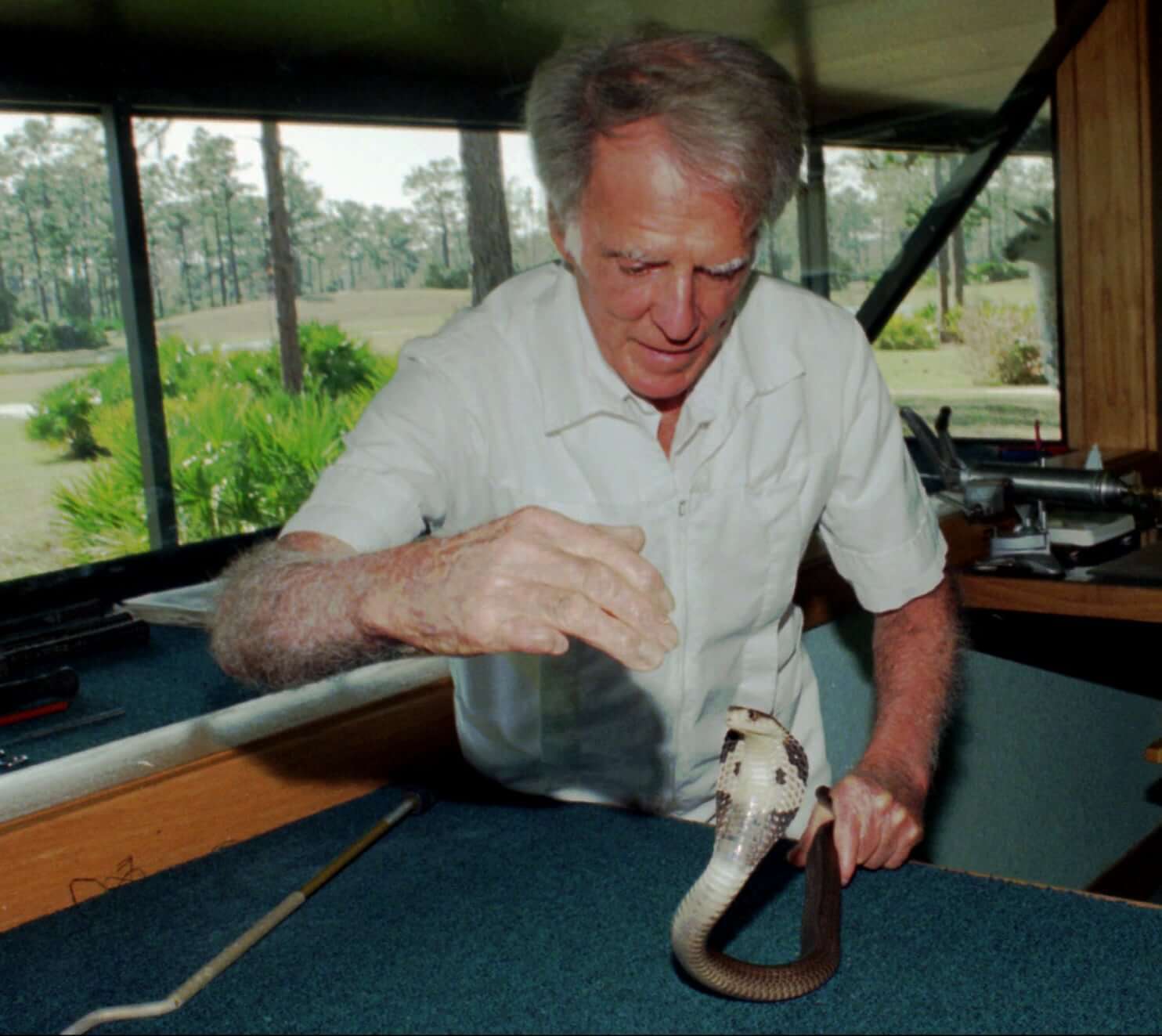
Since snake bites were a common occupational hazard, Haast developed an unusual self-medication regimen. He started injecting himself with cobra venom in the 1940s and increased the dosage over time.
He became immune to the majority of snake bites and developed a strong belief in the supposed therapeutic properties of venom. He was bitten by a blue krait, one of the world’s most lethal snakes, in 1954. Haast told the Associated Press in 1996, “I had never heard of a krait bite victim ever surviving.” “I felt like the skin had been ripped off my body, like every nerve in my teeth was exposed, like the hair was being torn out of my head,” the victim recalled.
Haast, however, quickly returned to work after healing. Ten days later, the snake expired.
Haast’s venom-enriched blood eventually developed healing abilities. More than 20 snakebite victims from all over the world received transfusions from his blood, saving their lives.
In order to work as a snake handler in a traveling circus, he dropped out of high school. He later worked for an Everglades moonshiner in the 1930s. He had plenty of time thanks to the job to look for snakes in the swamps.
Later, he worked as an engineer for Pan American Airways and traveled extensively, frequently bringing exotic snakes home in his toolbox, according to him.
In 1946, he started researching the benefits of venom for health, and two years later, the Miami Serpentarium was established. Haast performed five demonstrations a day to show how to draw venom from poisonous snakes.
Crocodiles, iguanas, large turtles, and pythons were on display, but Haast was devastated after a six-year-old boy was killed by a crocodile in 1977. In 1984, he shut down the attraction.
He administered himself a cocktail of 32 lizard and snake venoms well into his advanced years. He remarked to The Miami Herald in 2006, “I could become a poster boy for the advantages of venom.” If I live to be 100, I’ll really get my point across.
His third wife, two daughters, three grandchildren, two great-grandchildren, and two great-great-grandchildren are his only surviving family members.

Blind dog guides by goose, Story of Boxer and Buttons’ friendship
When Baks the blind dog was left blinded after an accident, his friend Buttons became his seeing-eye-goose by hanging on to him with her neck and honking to direct him.

Why the Brooklyn Bridge Was Once Crossed by 17 Camels and 21 Elephants
On May 30, 1883, a rumor that the Brooklyn Bridge was going to collapse caused a stampede, which killed at least at twleve people. To prove the bridge was safe, P.T. Barnum led a parade of 21 elephants over it.

The viral stray dog walked up to a pharmacy in Istanbul and showed an injured paw
Back in 2019, a stray dog walked up to a pharmacy in Istanbul and showed an injured paw to the pharmacist who then treated the wound and gave the dog food and water. The incident was caught on video, which went viral instantly.

The story of The chicken that lived for 18 months without a head
Mike the Headless Chicken was a rooster whose head was accidentally chopped off but miraculously survived. This is due to most of the brain stem being left intact. He was fed using a special tube that delivered food directly into his esophagus. Despite his lack of a head, he lived for 18 months, gaining worldwide fame before ultimately choking on a kernel of corn during one of his tours, in a Motel in Fruita, Colorado.

How European Rabbits Took over Australia
In 1859, wealthy settler Thomas Austin released 13 wild rabbits on his Australian estate. By 1920, their population grew to 10 billion.

13-year-old dog missing for two months found alive in a cave.
On Aug 6, 2022, A group of Missouri cave explorers accidentally found and helped rescue a senior dog that had been missing for two months. It is unclear how long the dog was in the cave or how it managed to survive.

The Incredible Story of Sergeant Stubby, the Dog Who Became a War Hero
Sergeant Stubby was not just an ordinary dog—he was an extraordinary war hero who served alongside American troops during World War I. From catching a German soldier by his pants to alerting soldiers of mustard gas attacks and locating wounded comrades, Stubby’s bravery saved countless lives in the trenches. This article chronicles the inspiring journey of the stray dog who became the most decorated animal of the Great War and remains a beloved symbol of courage and loyalty.

Titanoboa cerrejonensis, fossils of the world’s largest species of snake
In 2009 in a coal mine of Columbia, scientists discovered fossils of the world’s largest species of snake. The species is called “Titanoboa cerrejonensis,“and it is from around 60 million years ago. It would have had measured about 48 feet long and weighed about 2,500 pounds

The 440-pound bear named Wojtek and his World War II battle against the Nazis
Polish troops raised an orphaned bear cub during WWII. He enjoyed drinking beer, and was trained to salute. He became officially enlisted as a member of the forces, and helped carry artillery during battle.

10 Rarest and Albino animals you haven’t seen
For centuries, people have been fascinated and enchanted by the ghostly appearances of abnormally white animals. People have loved albinos and other unusually white animals so much that they may be helping to increase their numbers, despite the difficulties these animals face in the wild. While these unusual animals did not win the genetic lottery, they have persevered in the face of adversity.

A one-eyed Vancouver fish receives a fake eye so that other fish will not bully him
A fish whose eye was removed due to cataract was bullied by other fish at the Vancouver Aquarium. So the vets fitted the fish with a prosthetic eye to fool the other fishes.

Remembering Alex: The African Grey Parrots Final Message
"You be good, I love you. See you tomorrow" Parrot's last words to her caretaker. Alex (1976 – September 6, 2007) was an African Grey Parrot and the subject of a thirty-year (1977–2007) experiment by animal psychologist Irene Pepperberg, initially at the University of Arizona and later at Harvard University and Brandeis University. Pepperberg bought Alex in a regular pet shop when he was about one year old.

Are Octopus Intelligent? A Look Inside an Octopus's Brain
Octopuses are extremely intelligent. It is the only invertebrate capable of emotion, empathy, cognitive function, self-awareness, personality, and even interpersonal relationships. Some believe that if humans did not exist, octopi would eventually take our place as the dominant life form on Earth.

Why Crows Hold Funerals for Their Dead
Crows are far more than noisy backyard birds; they engage in peculiar, ritualistic behaviors when one of their own dies. Known as “crow funerals,” these gatherings involve groups of crows circling, calling, and sometimes even interacting physically with the deceased in ways that stump scientists and captivate bird watchers. What drives this strange behavior? New research reveals it’s a complex mix of learning, social bonding, and survival instinct wrapped in an enigmatic ritual.

How Switzerland ended rabies epidemic by air-dropped vaccinated chicken heads
A rabies epidemic struck foxes in Switzerland in the 1960s. The government wanted to vaccinate foxes against rabies, but manual vaccination was difficult and expensive. Instead, they began dropping vaccinated chicken heads across the countryside for the foxes to consume, and the rabies vanished.

Photos of dogs who were stung by bees yet remained adorable
Flies are sky raisins, aren't bees jalapeno sky raisins as well? Please note: you are a terrible person if you laugh at this gallery, just kidding. Enjoy the photos of dogs who were stung by bees yet remained adorable.

The unique friendship of a bear and a dog
A female grey wolf and a male brown bear's remarkable "friendship" was captured by Finnish photographer Lassi Rautiainen over the course of ten days in 2013. Together, they traveled everywhere while hunting and splitting their catch.

Kipekee, the world's only spotless giraffe, was born at Brights Zoo
The world's only spotless giraffe was born at a zoo in the United States. The giraffe born without spots on July 31 is the only one of her kind on Earth.

Chen Ami, The Bravery pigeon that saved 194 Soldier
During World War 1, a carrier Pigeon name Cher Ami was shot, blinded and had her leg blown off. She is still able to deliver the message and saved lives 194 soldiers.

Earthquakes: Can Animals Really Predict Them?
In 1975, when officials in the Chinese city of Haicheng were alarmed by odd and anxious behaviors of dogs and other animals. These observations led them to order 90,000 residents to evacuate the city. Only a few hours later a 7.3 magnitude earthquake destroyed nearly 90% of the city’s buildings.

A Super Cat With Excessively Large Muscles Goes Viral Due To A Rare Condition
The cat suffers from Myostatin-related muscular hypertrophy, which leads it to grow muscle mass while not desiring to.

Bear, Tiger, And Lion Became Friends For Life
In 2001, a Bear, Tiger, And Lion cub where found abandoned in a drug dealer's basement. They were soon adopted by a sanctuary and lived together ever since.

Andy Goose - The Goose With No Feet but wears Nike shoes
Andy was a goose who was born without feet. However, his owner came up with a solution to help him stand and move around by outfitting him with Nike sneakers. This gave Andy the ability to move around like any other goose, but it also made him a source of inspiration for disabled children. Sadly, he was mysteriously murdered in 1991.

Deer Walks Into Store To Check Their Goods, Comes Back Later With Her Kids
In 2017, a deer entered a Colorado store. An employee fed the deer a peanut bar in an attempt to get it to leave. The deer did leave, but later that day it returned with its entire family.

Pierre Brassau: The chimpanzee painter who deceived the avant-garde world
Abstract paintings by a previously unknown artist “Pierre Brassau” were exhibited at a gallery in Sweden, earning praise for his “powerful brushstrokes” and the “delicacy of a ballet dancer”. None knew that Pierre Brassau was actually a 4 year old chimp from the local zoo.



